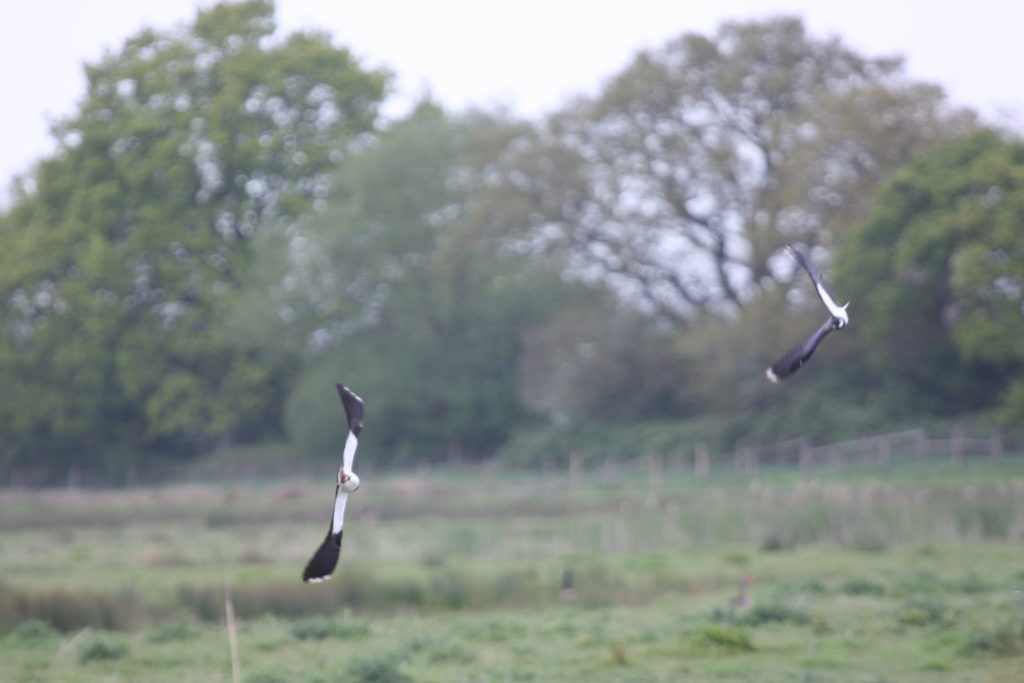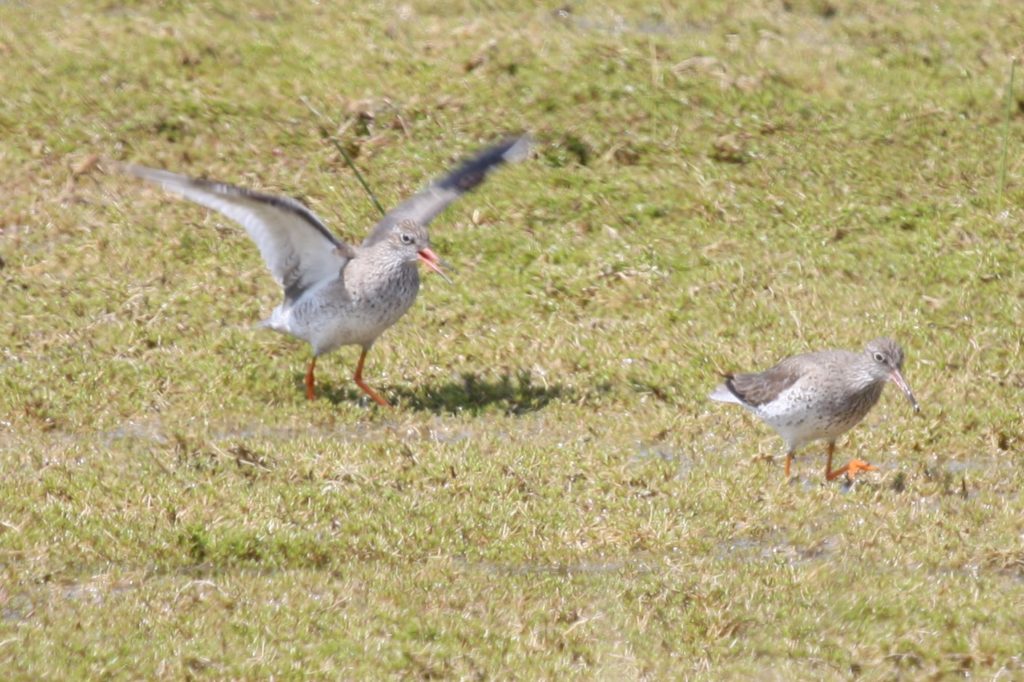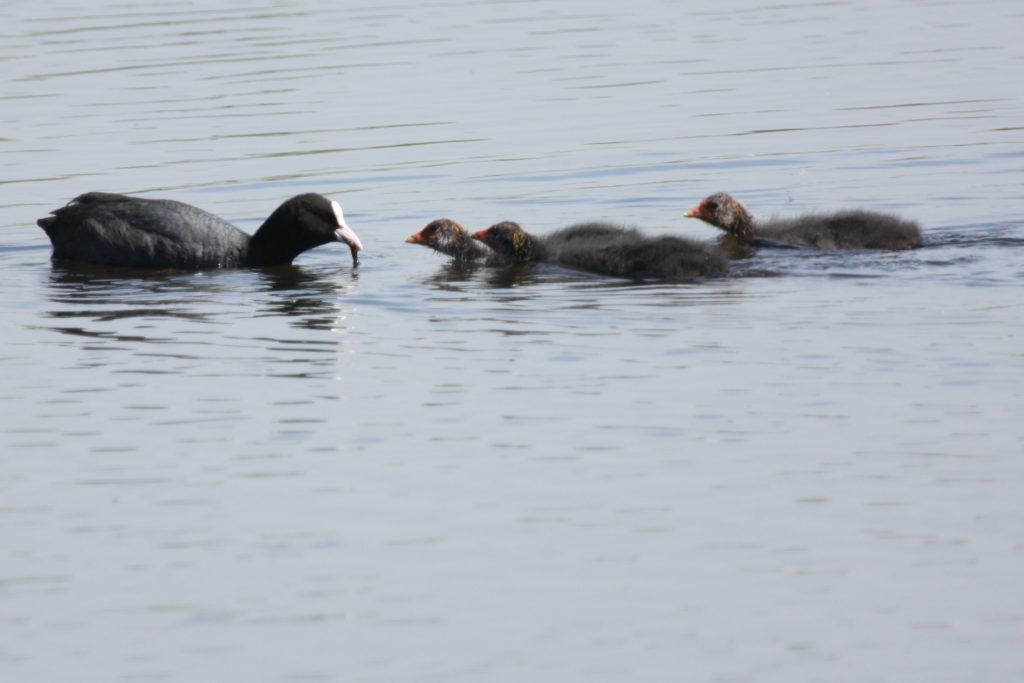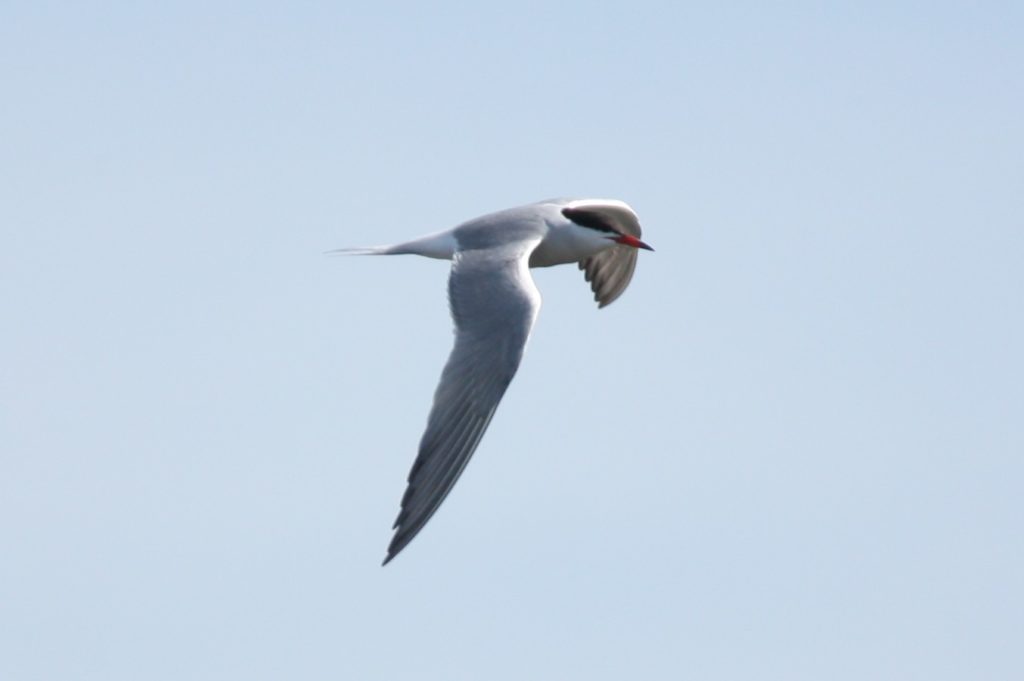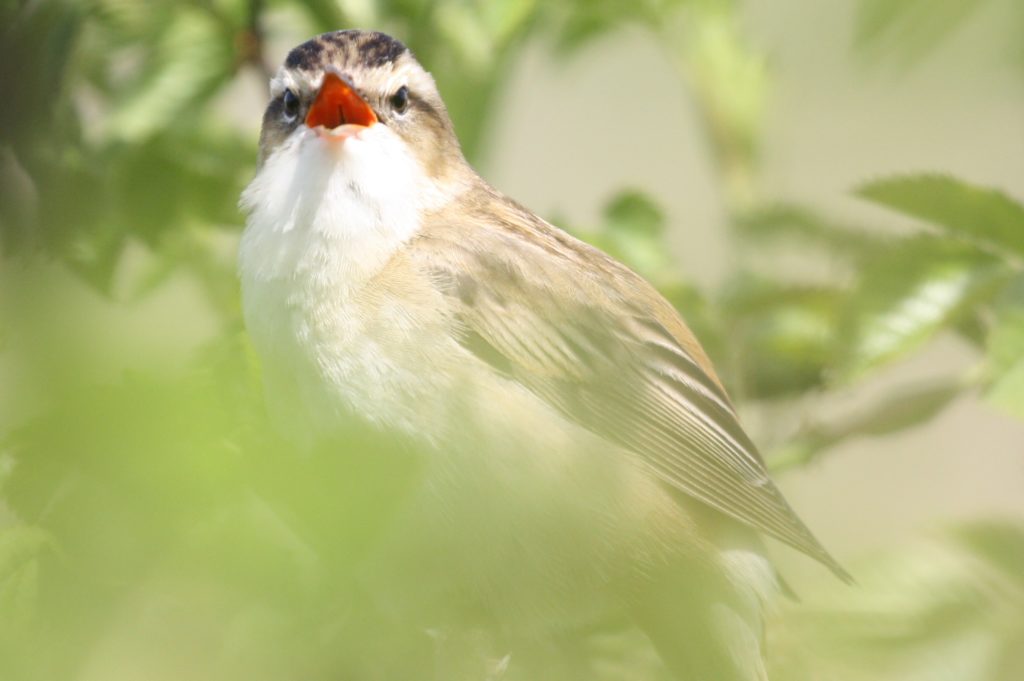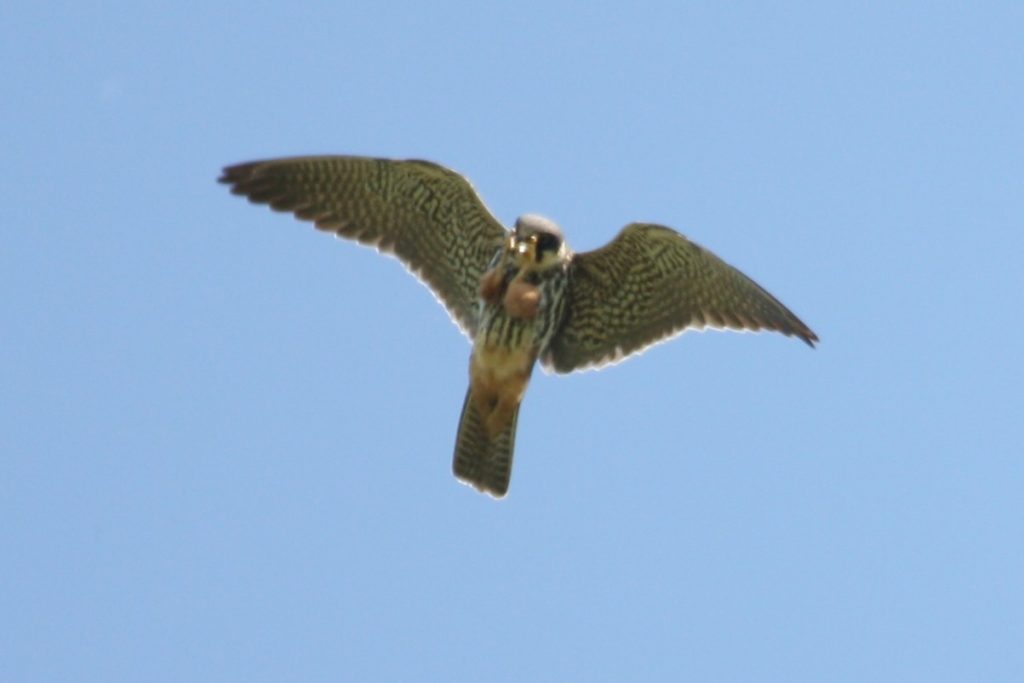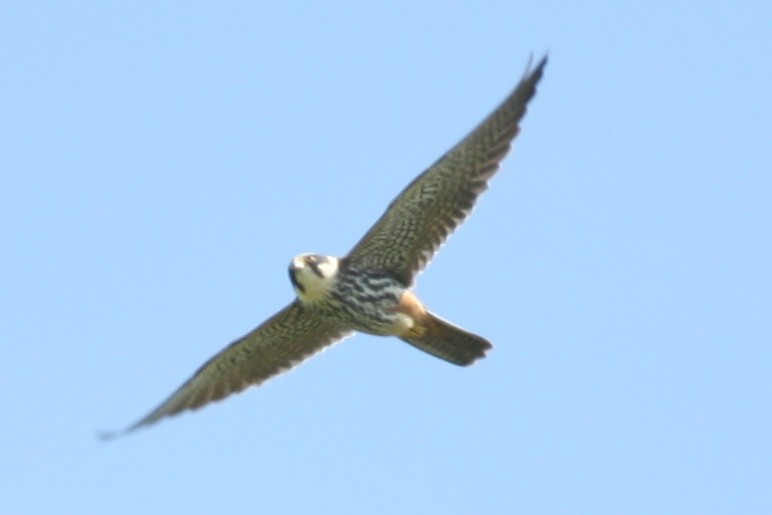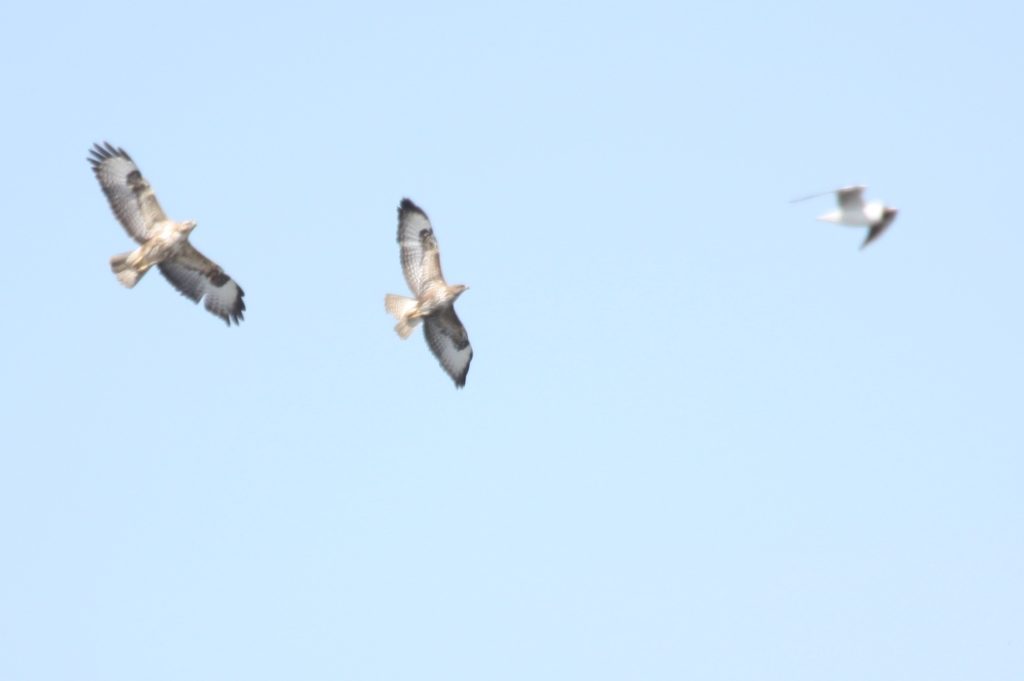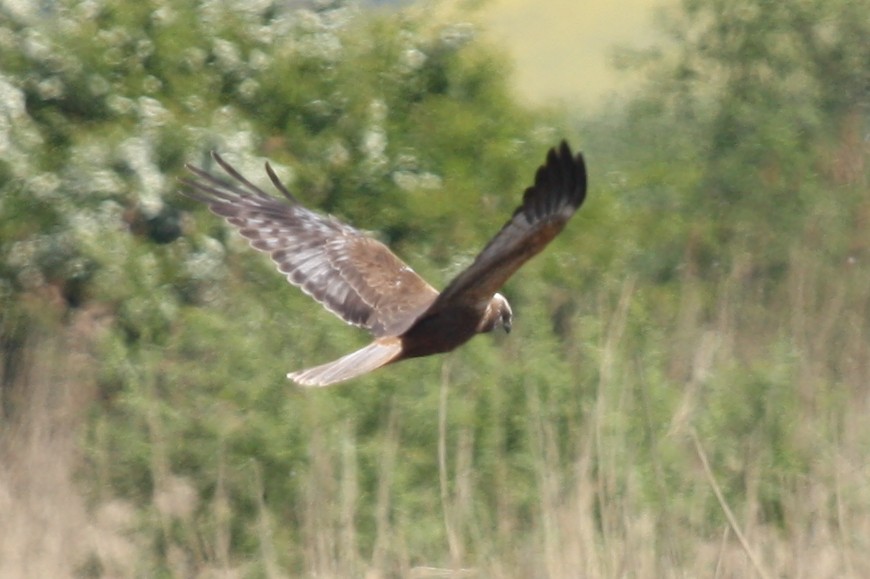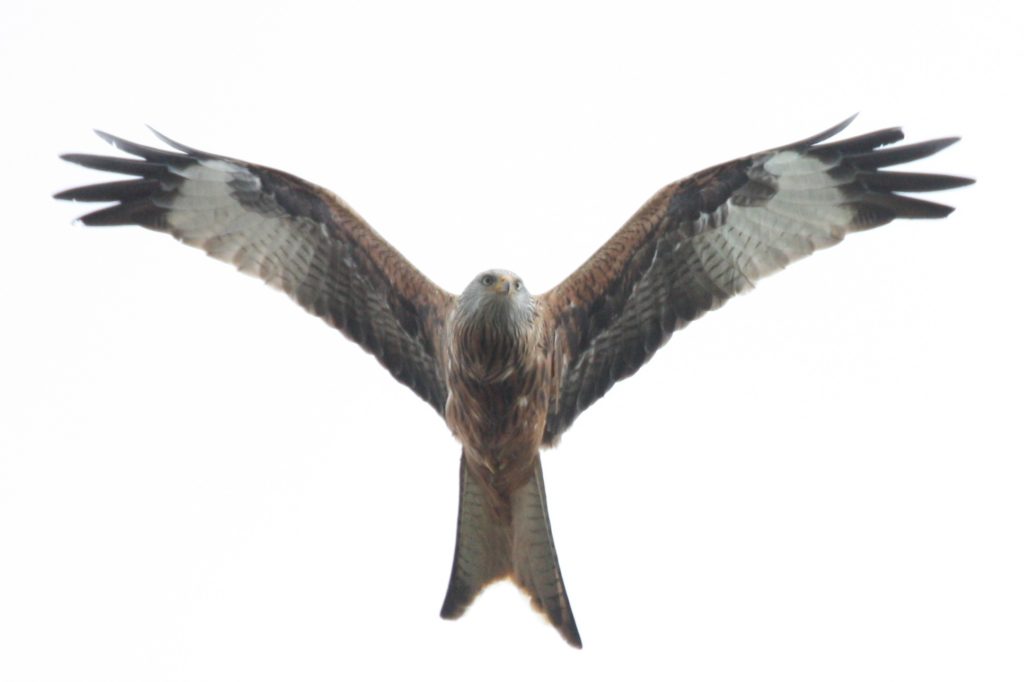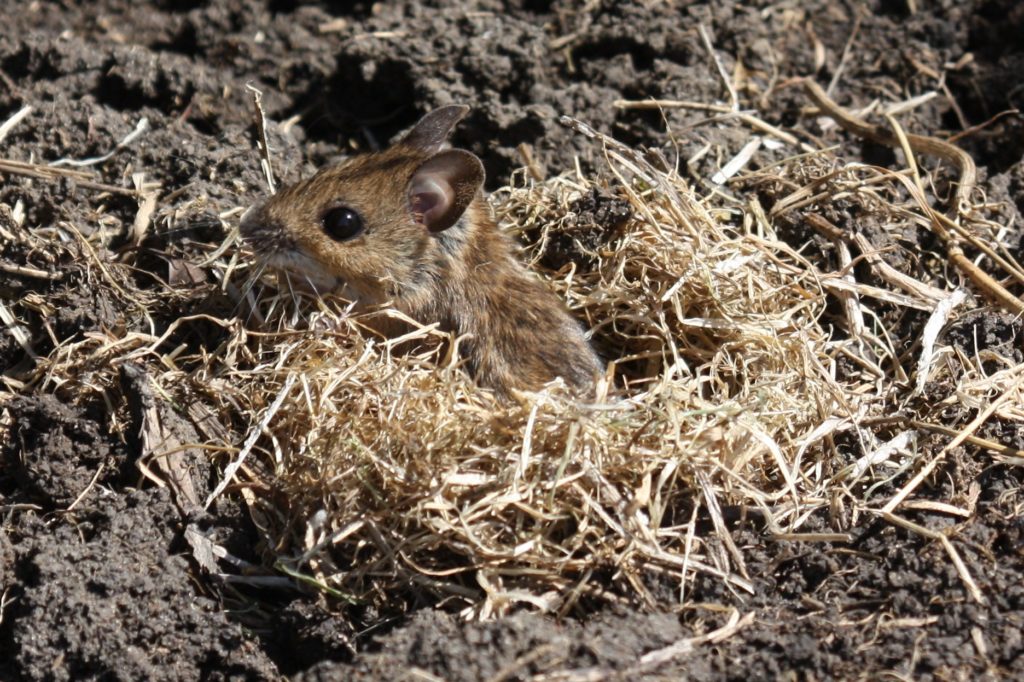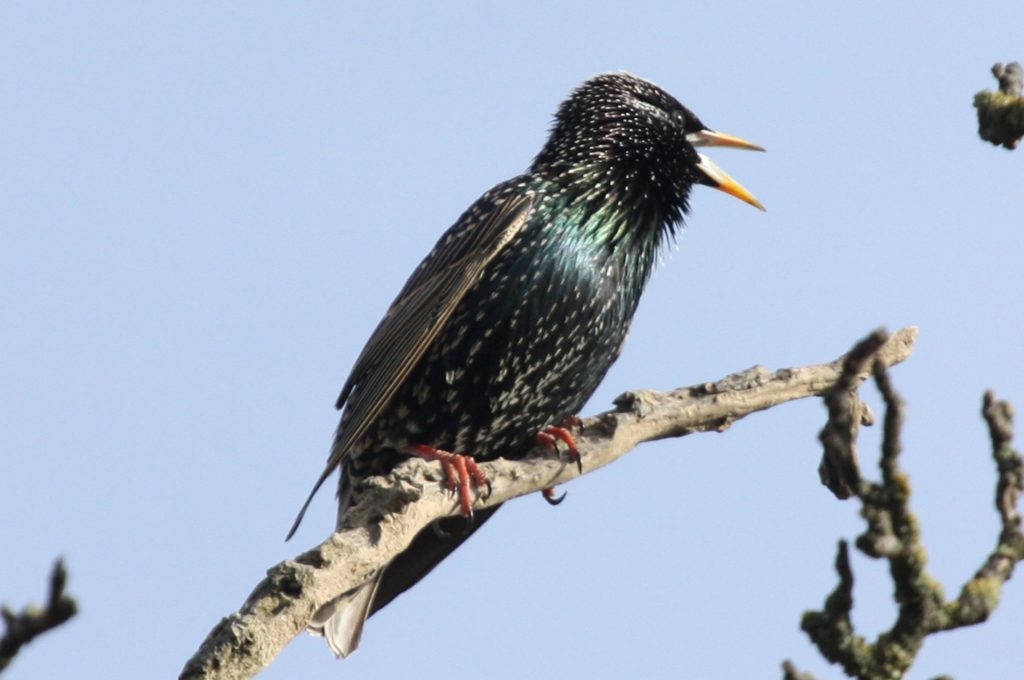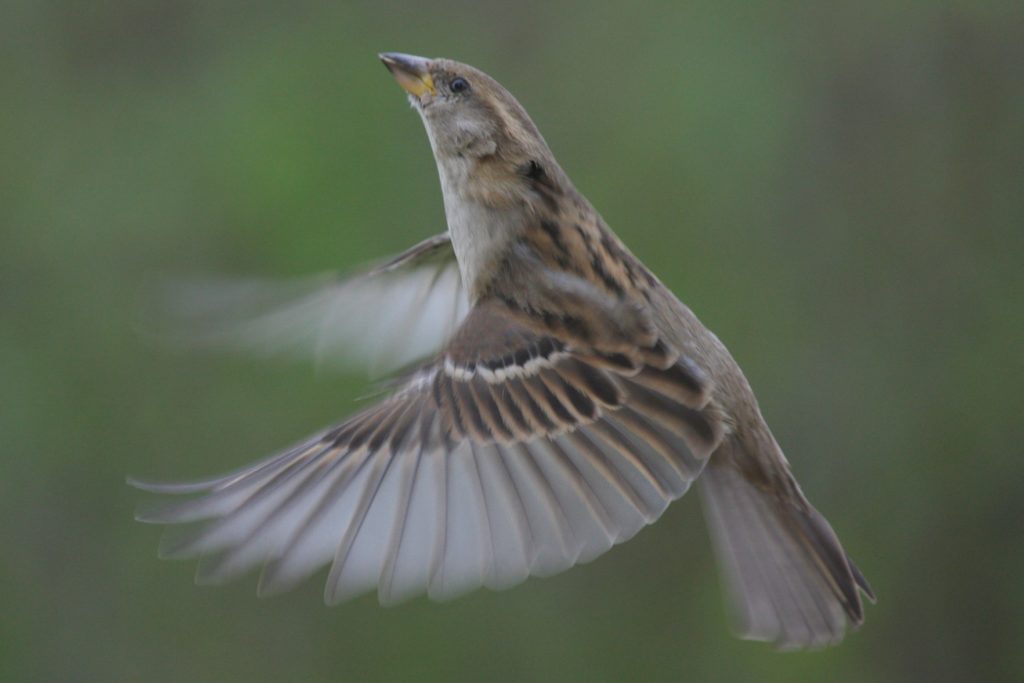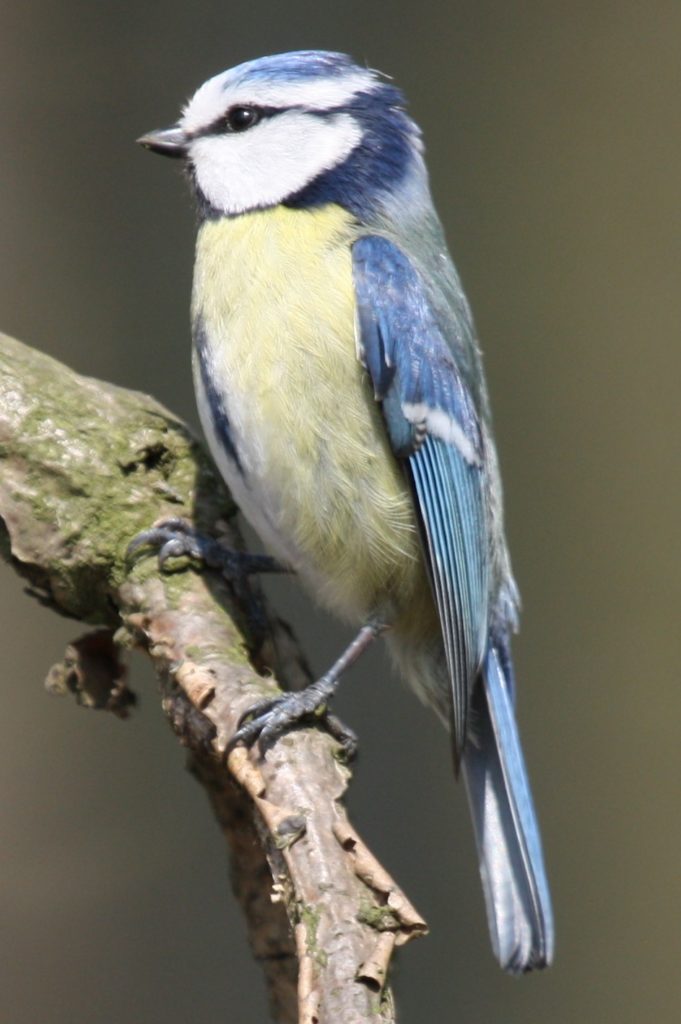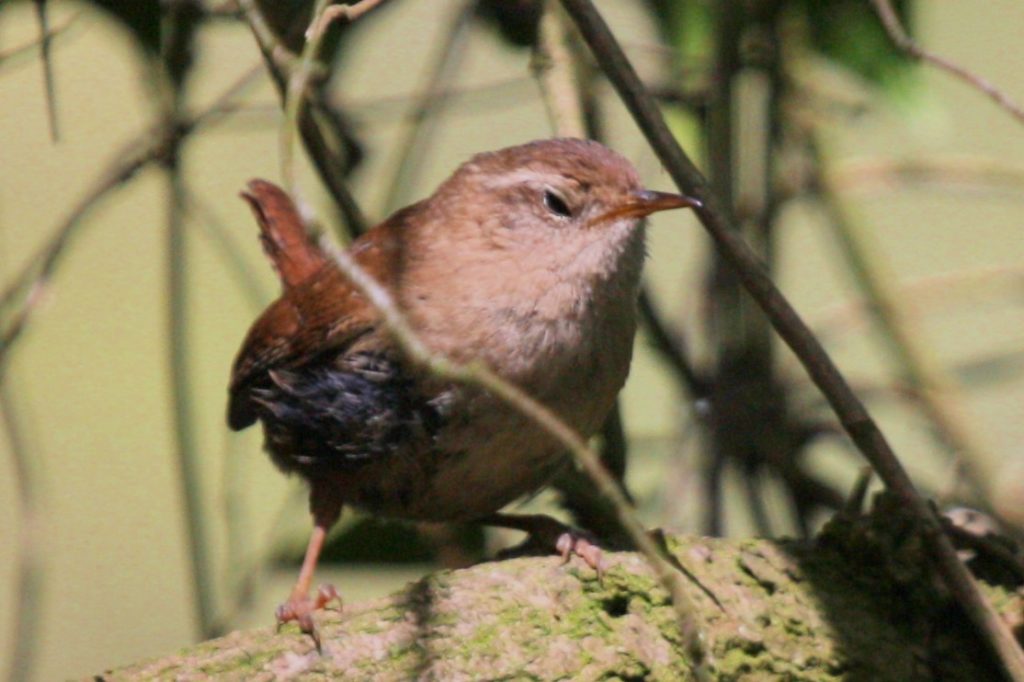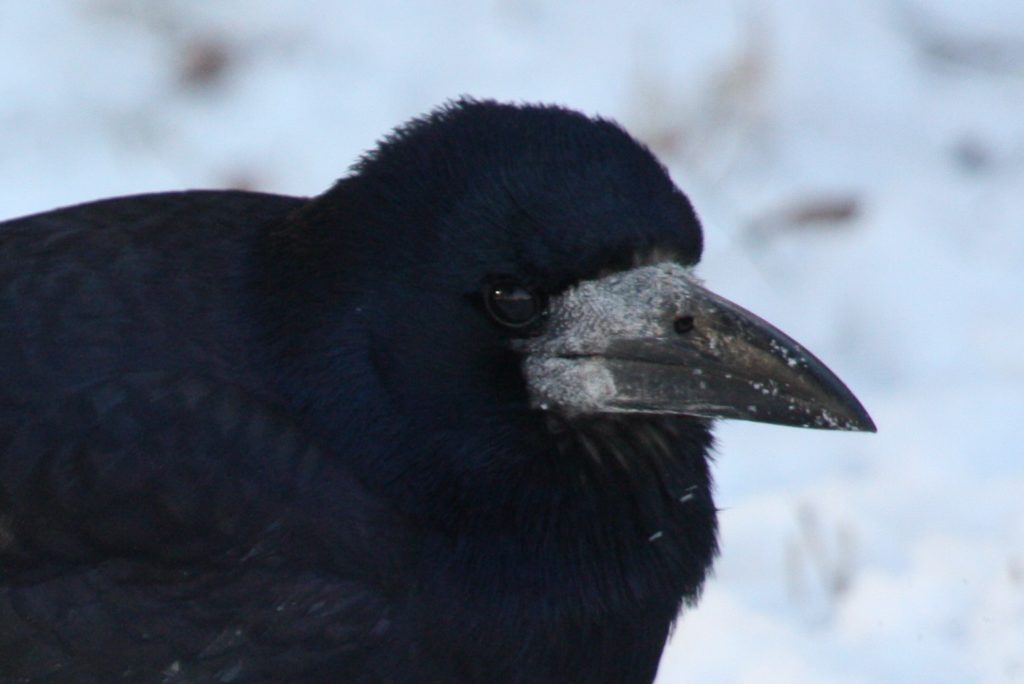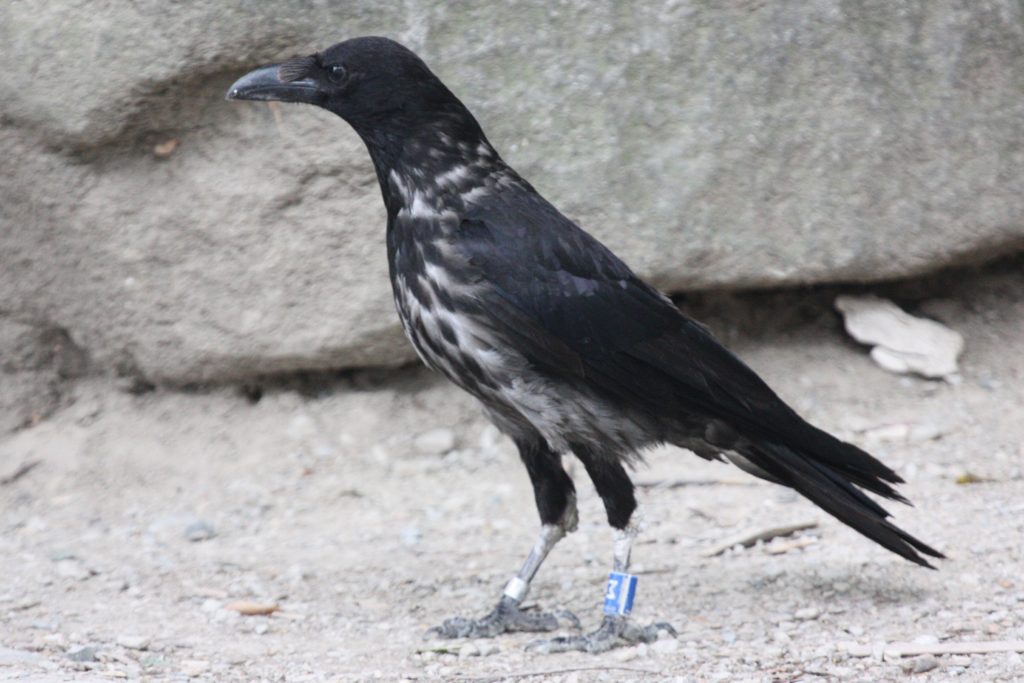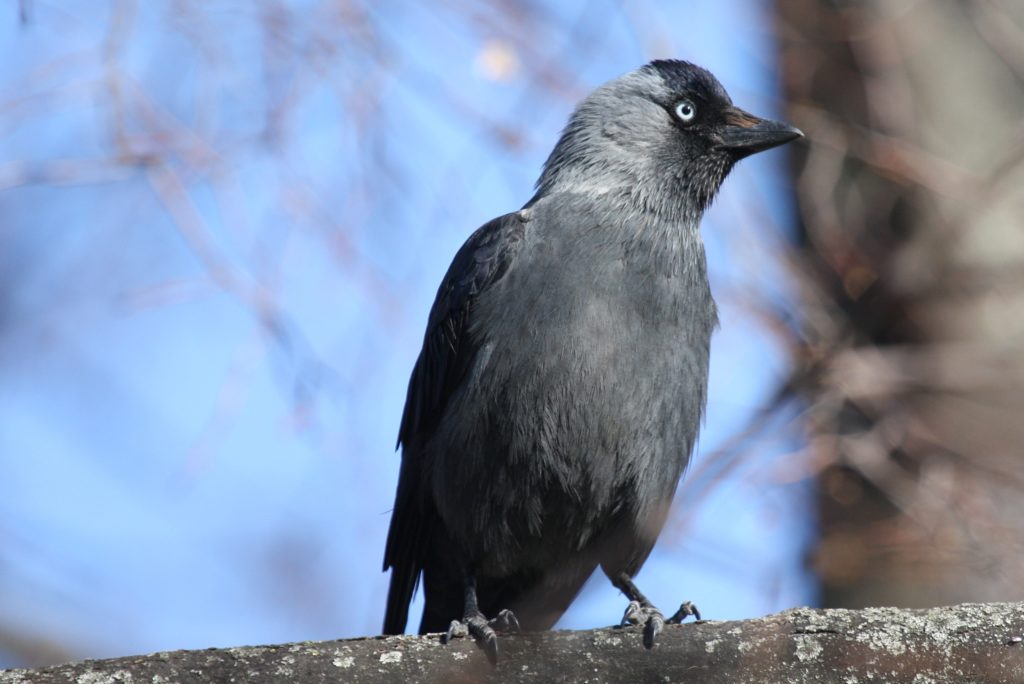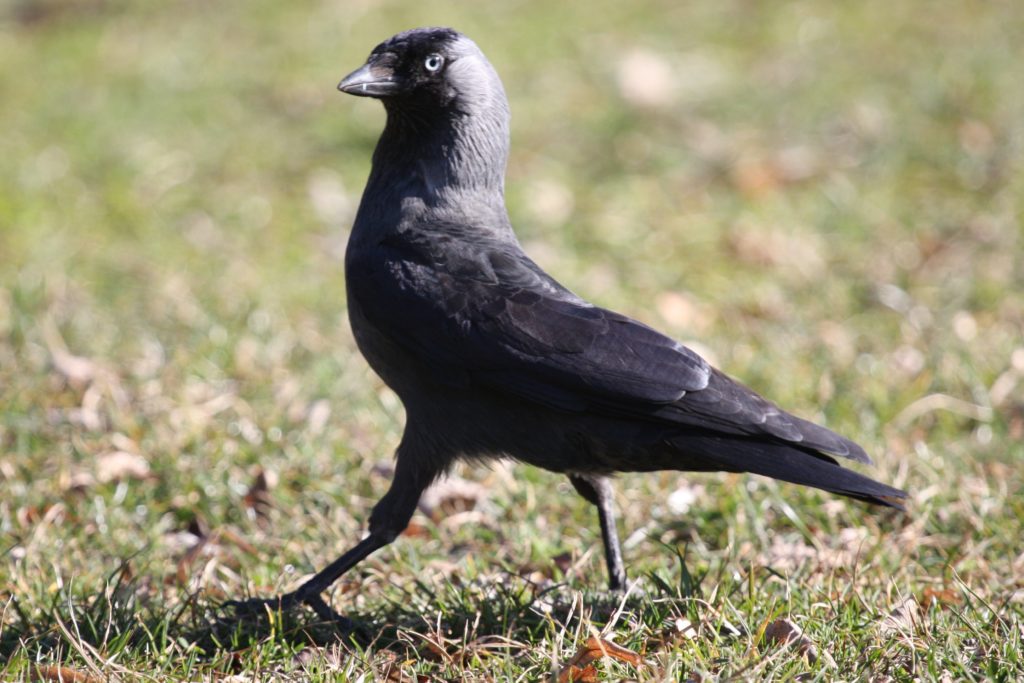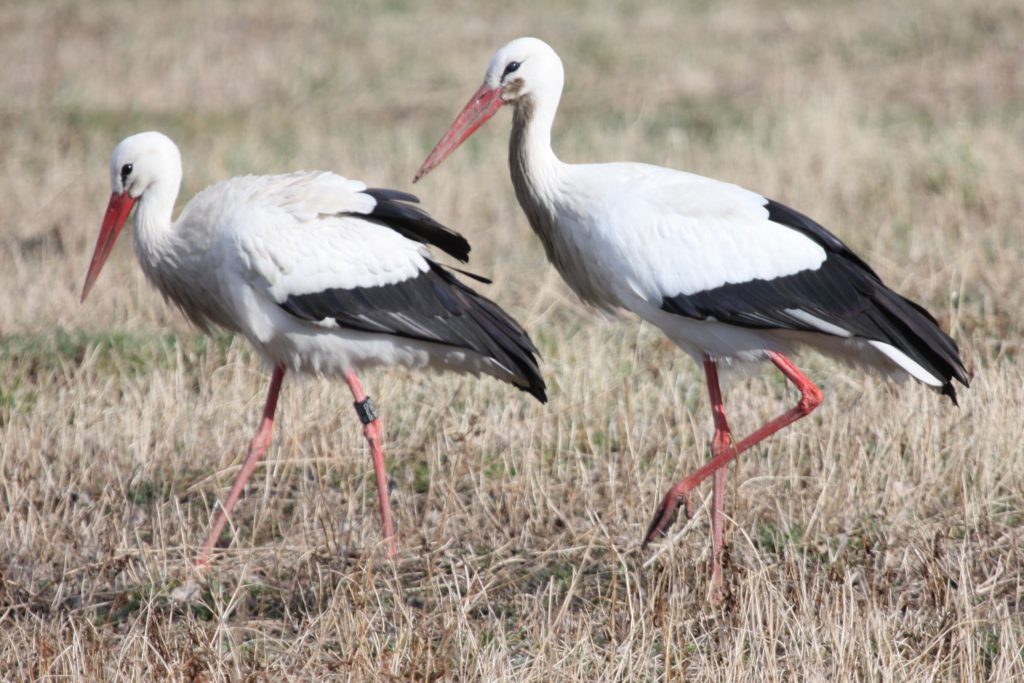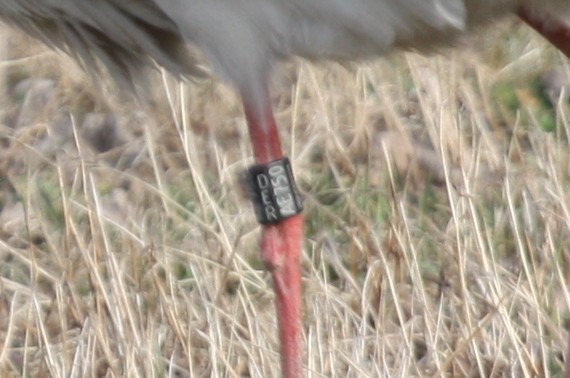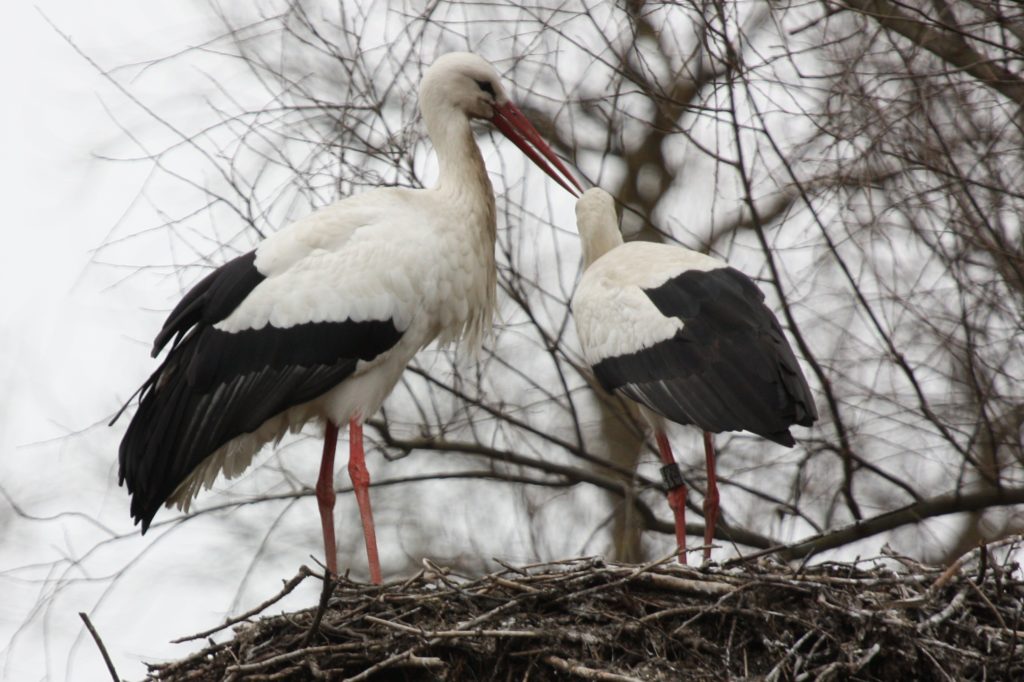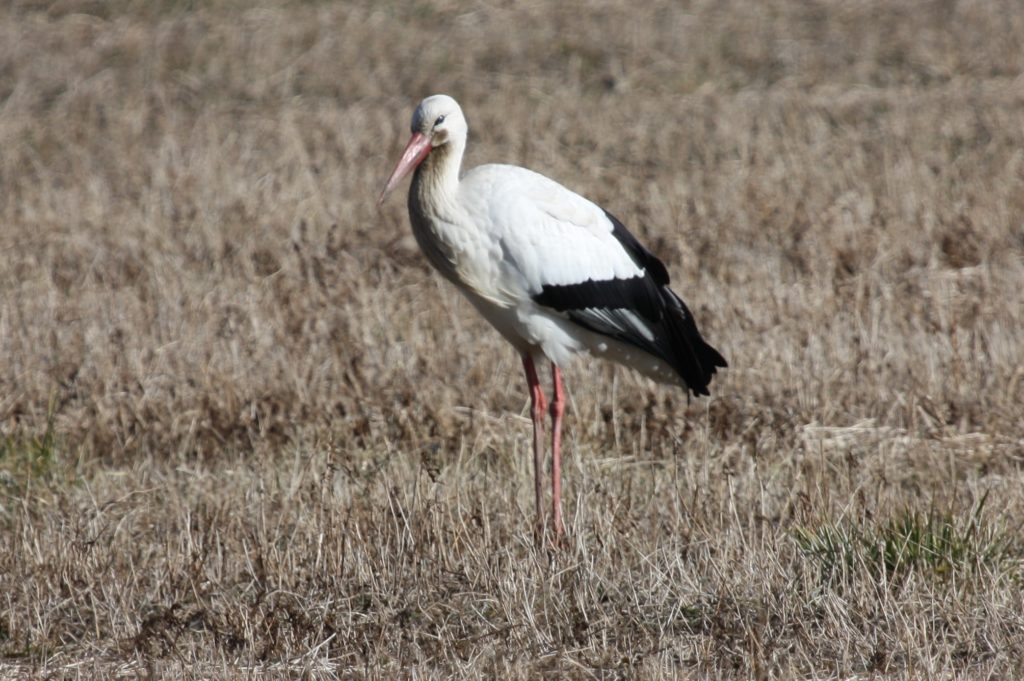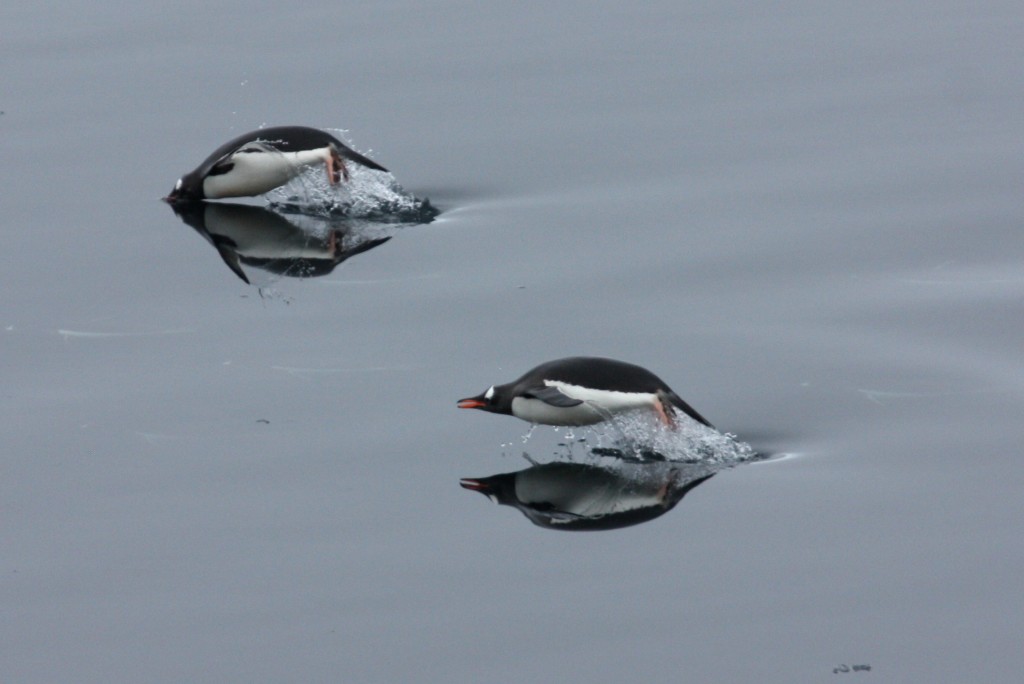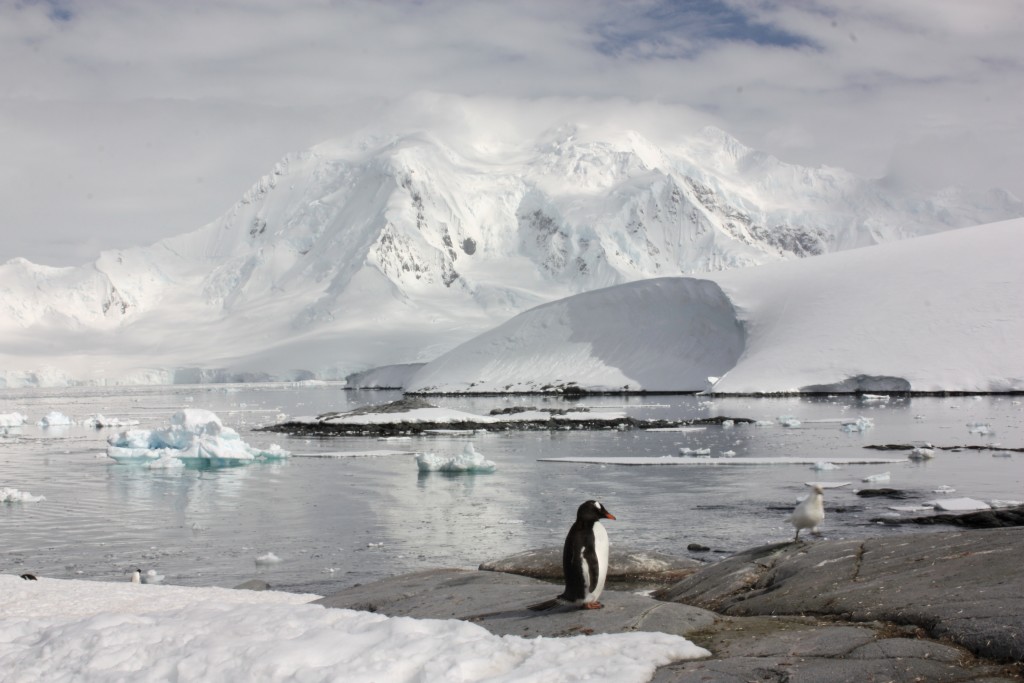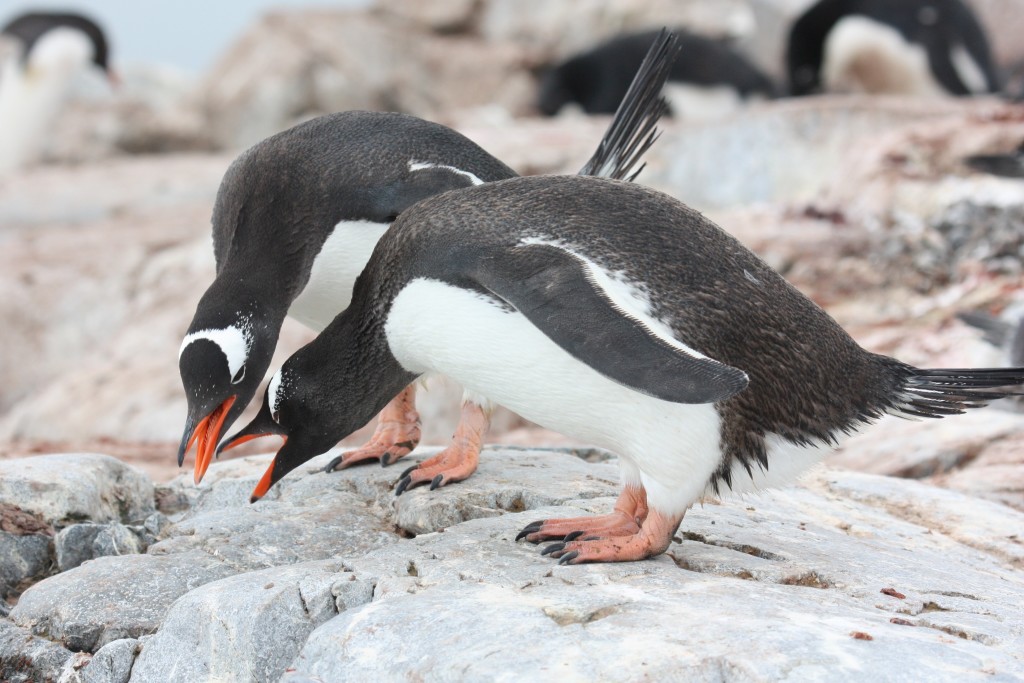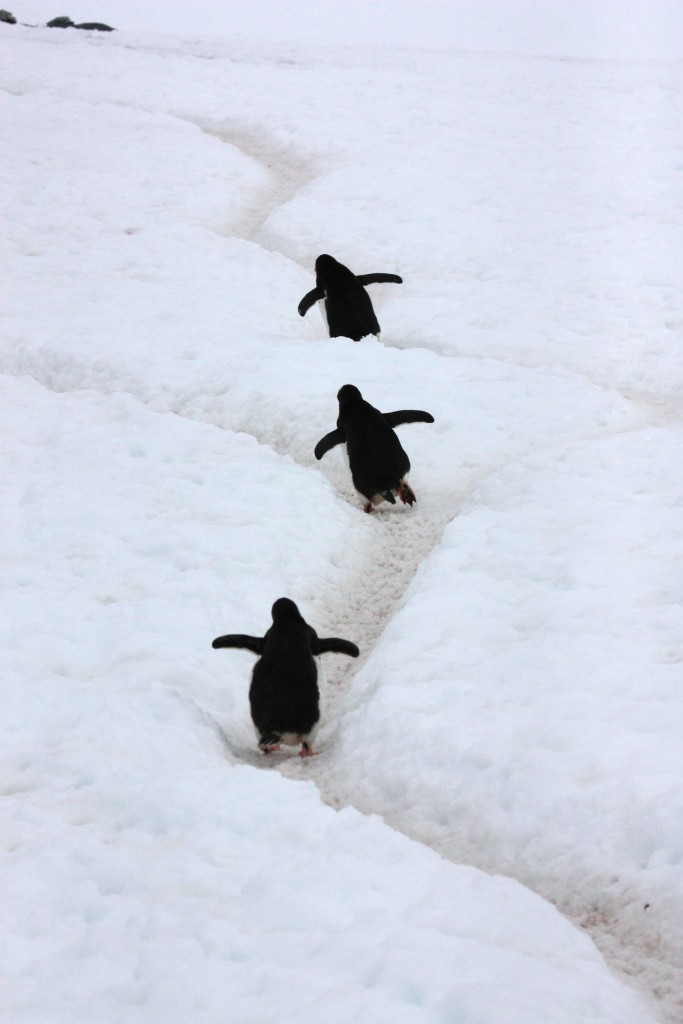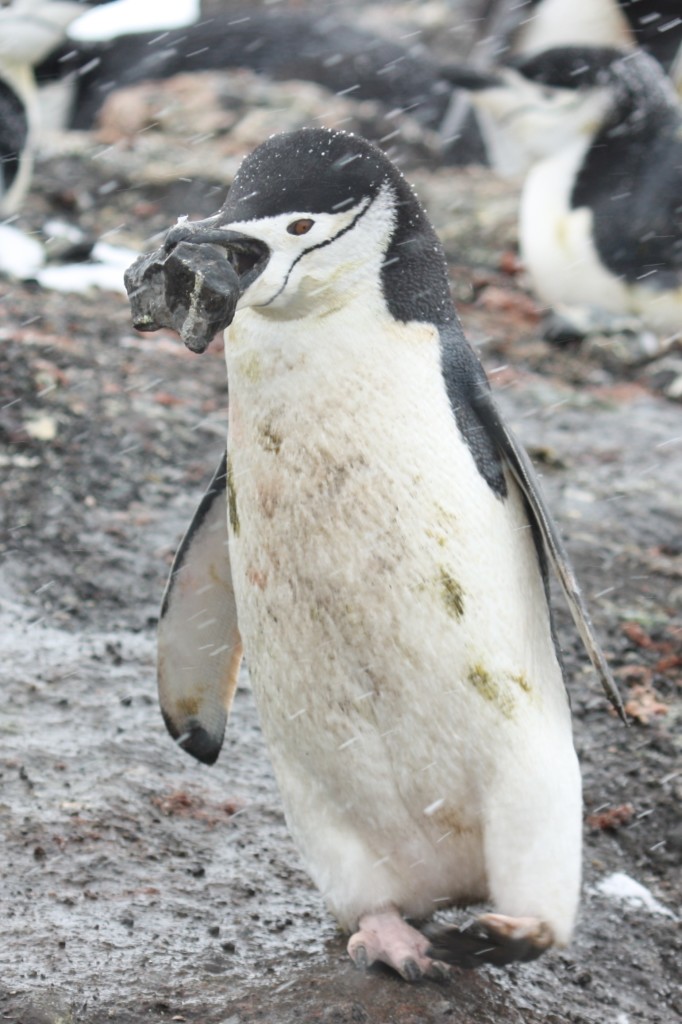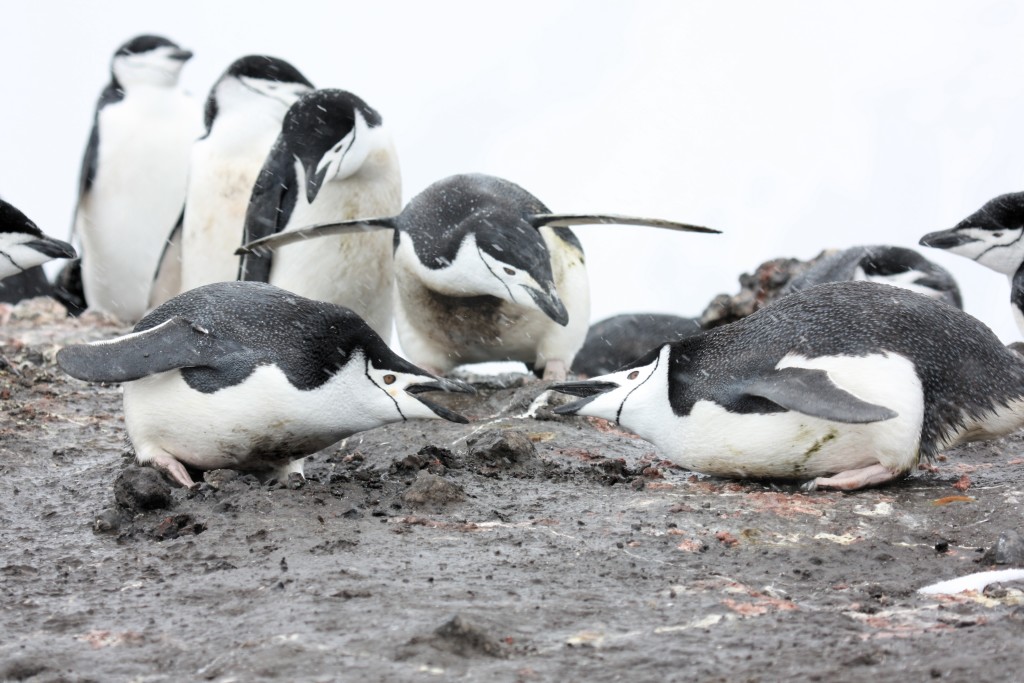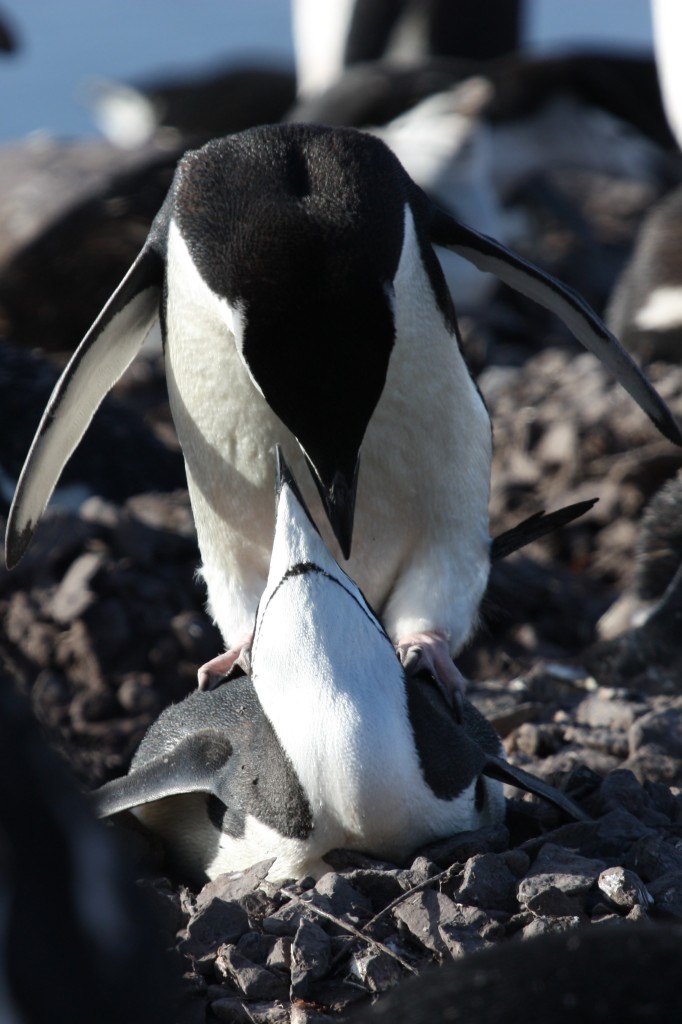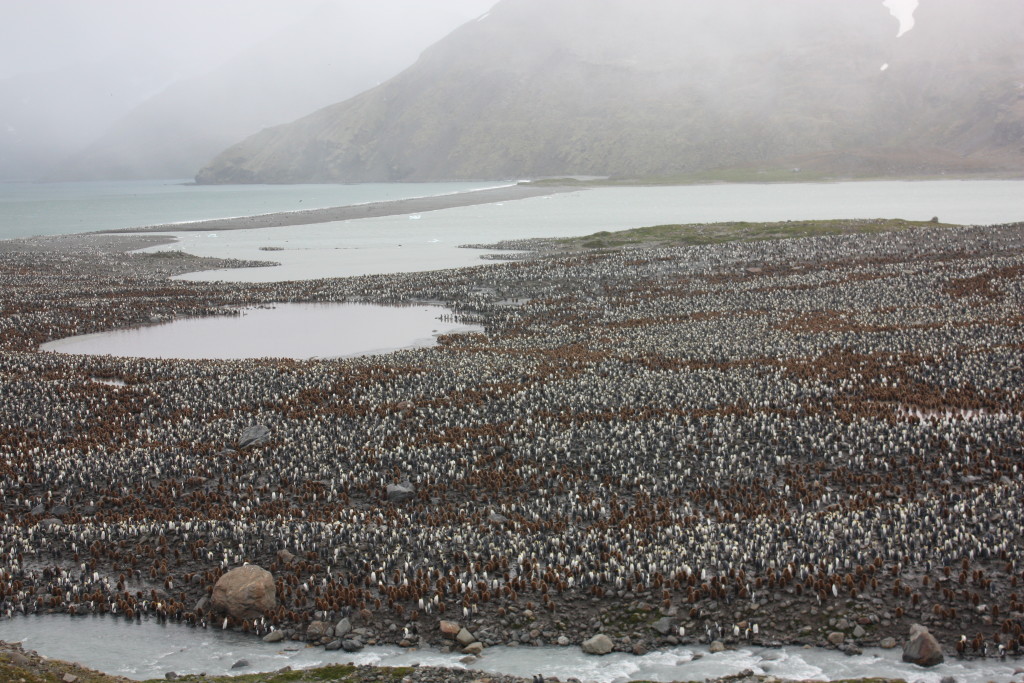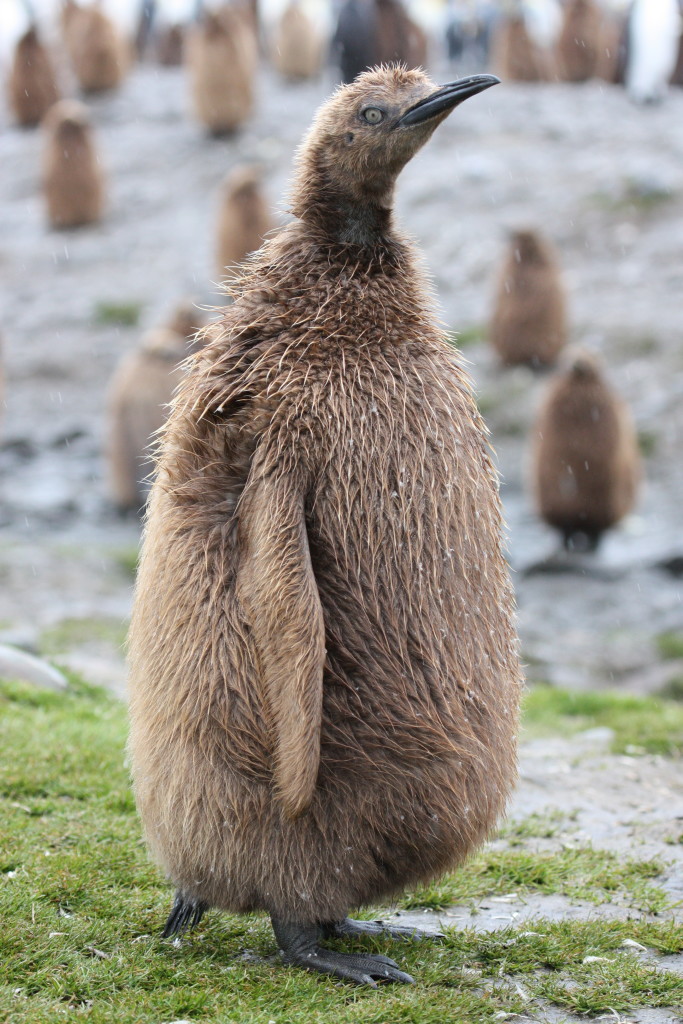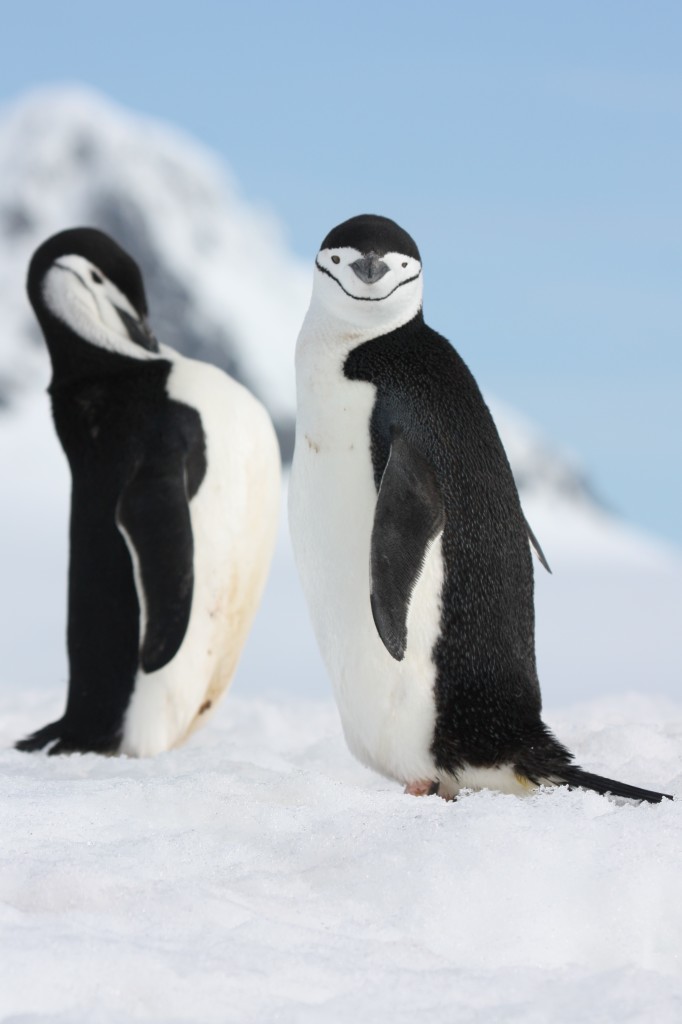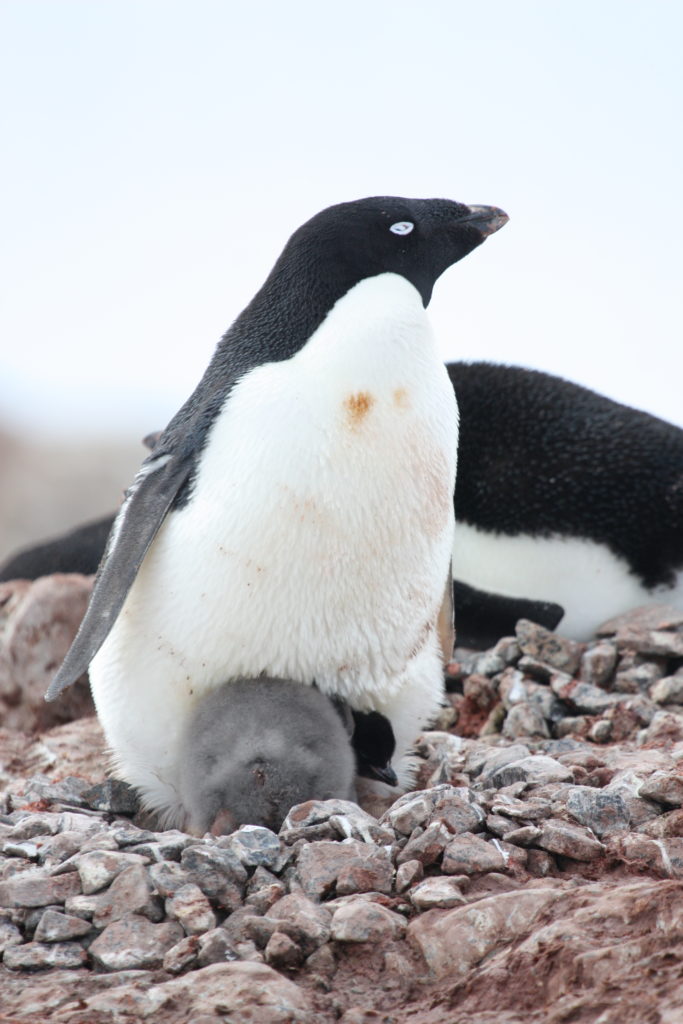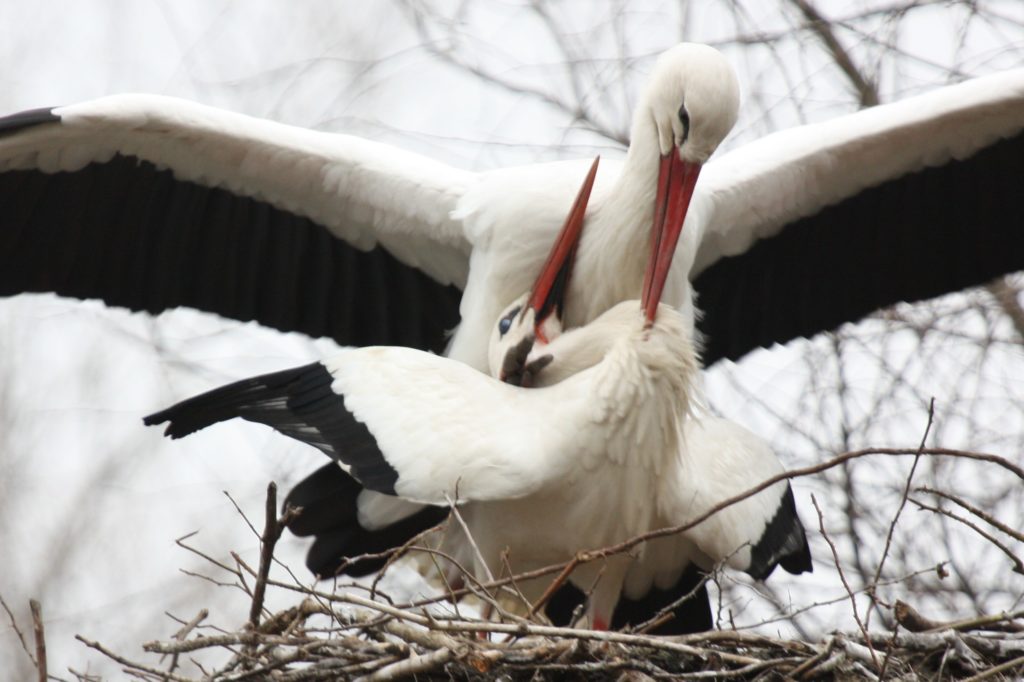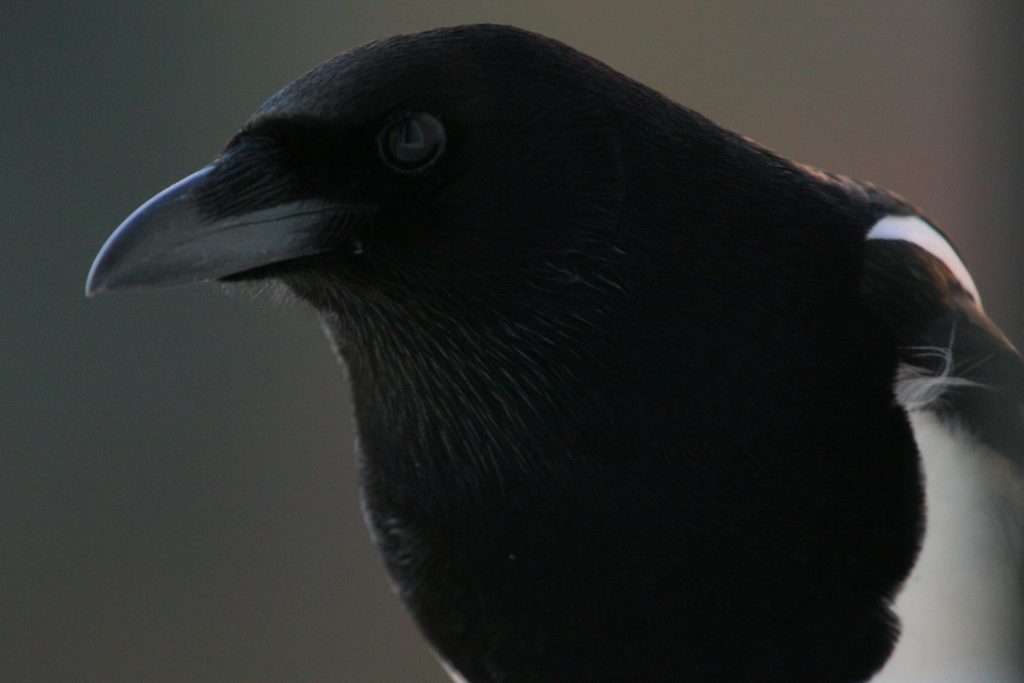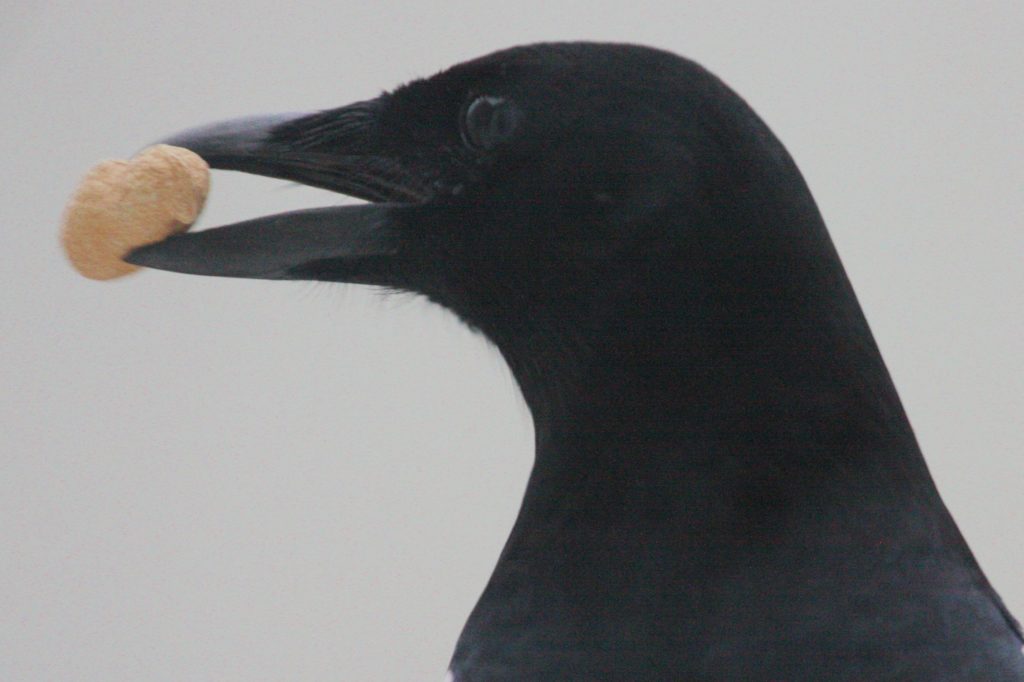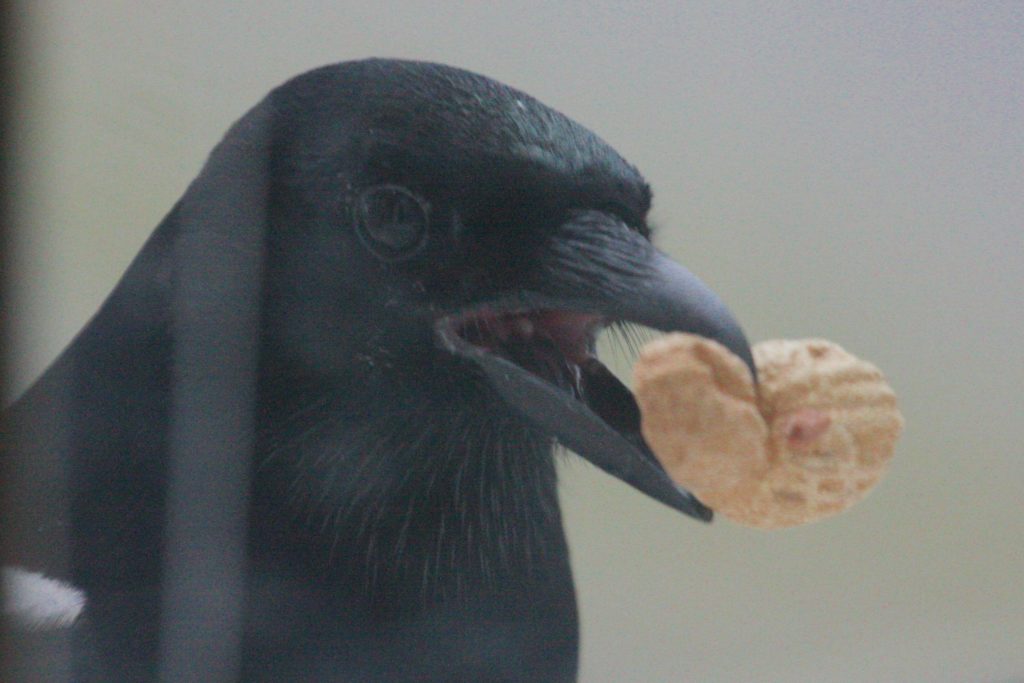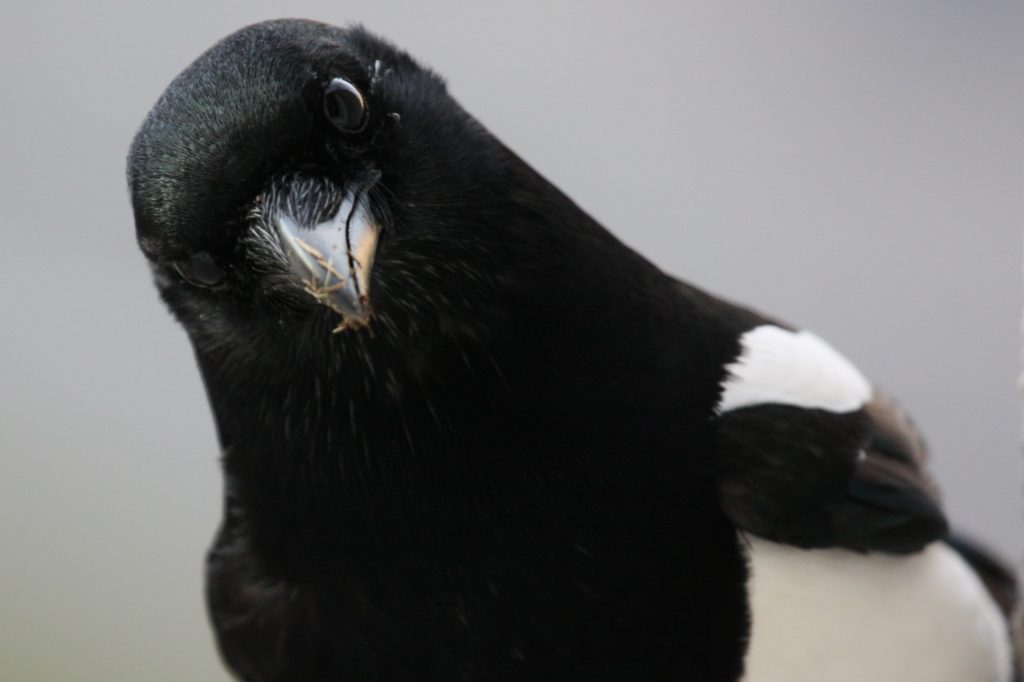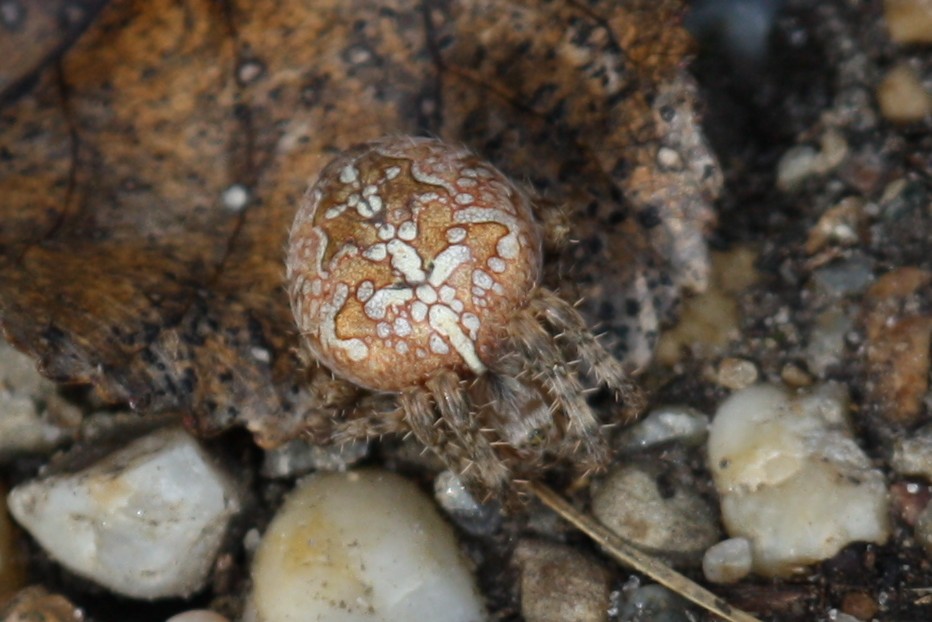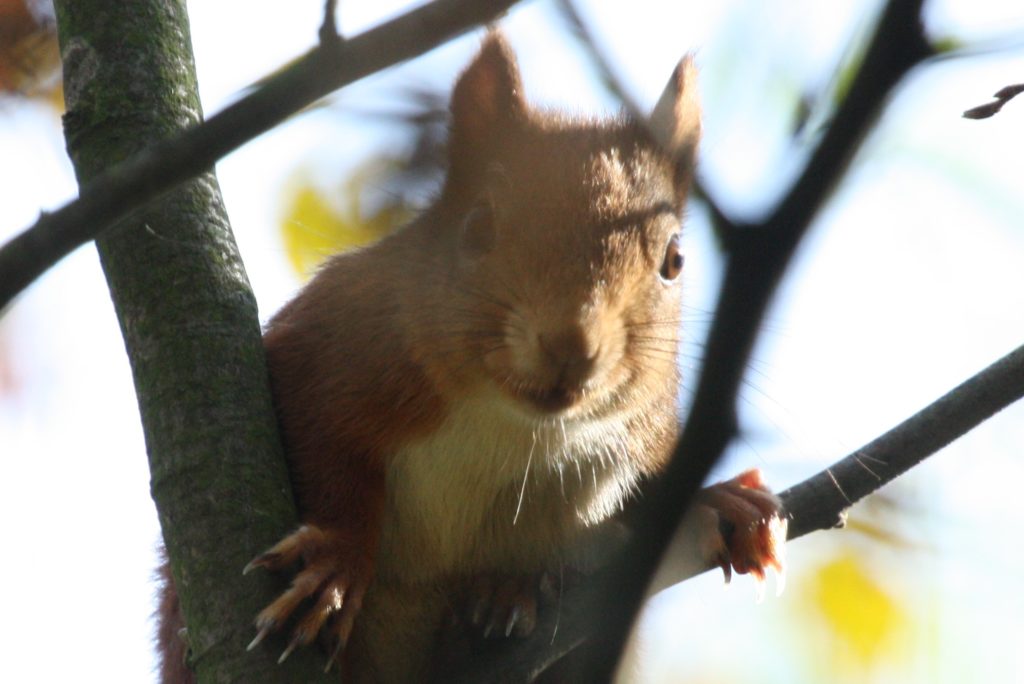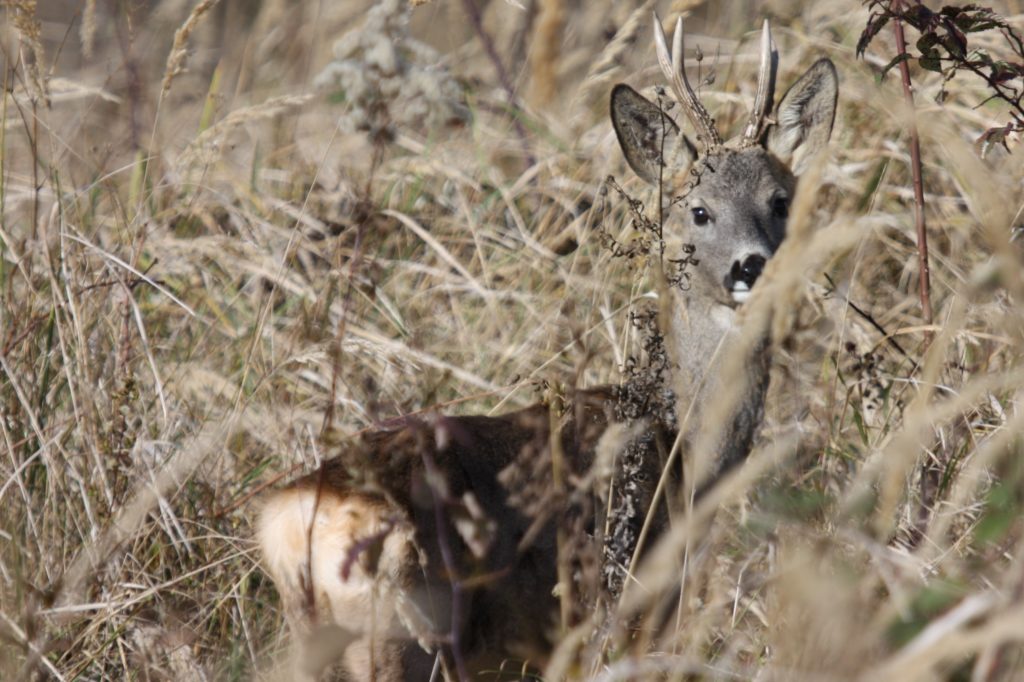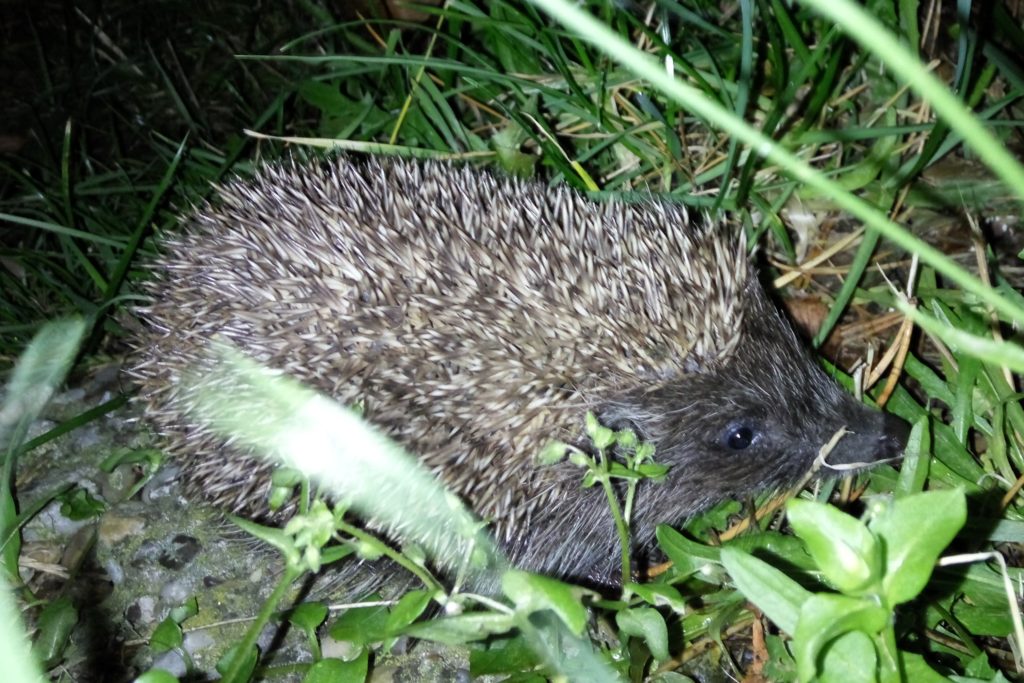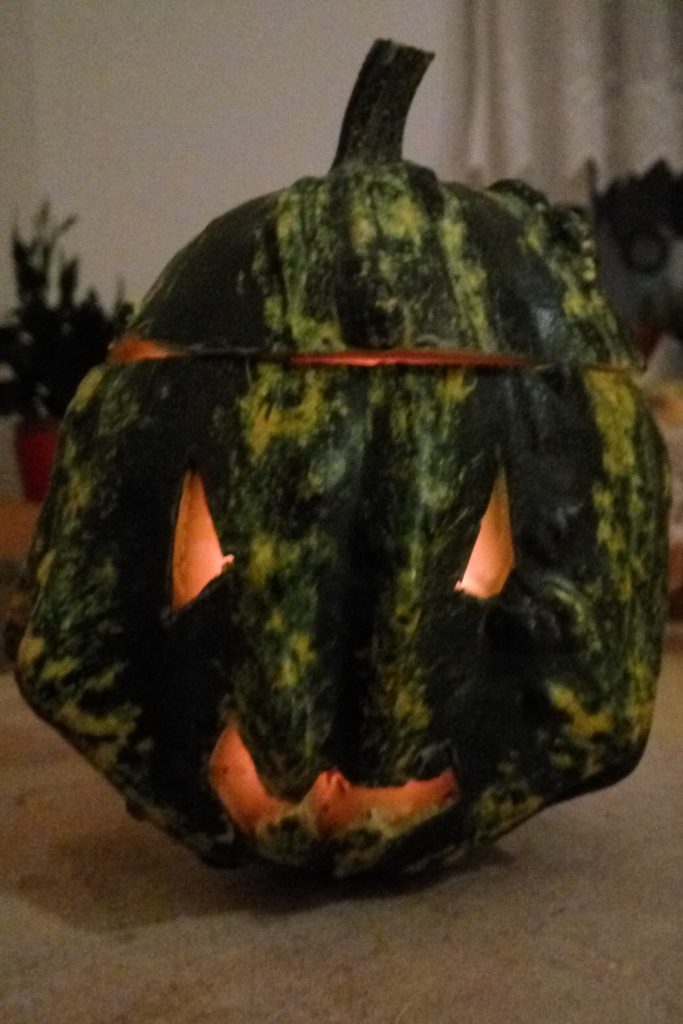40 books read in the second half of 2016. The emphasis has been on “straight” literature, mainly because I’ve been working through some of the mountain of paper books which I bought in my youth and never got round to reading, or which I wanted to re-read before disposing of.
Literature
Gilead — Marilynne Robinson
The Wooden Village — Peter Pišťanek
Grace Notes — Bernard MacLaverty
My Name is Red — Orhan Pamuk
Americanah — Chimamanda Ngozi Adichie
Sunset Park — Paul Auster
The Business — Iain Banks
Access — Xu Xi
The Waves Burn Bright — Iain Moloney
The Adventures of Augie March — Saul Bellow
His Bloody Project — Graeme Macrae Burnet
The Devil’s Mode — Anthony Burgess
Talkative Man — R. K. Narayan
The Cement Garden — Ian McEwan
The Psychological Moment — Robert McCrum
Illywhacker — Peter Carey
The Buried Giant — Kazuo Ishiguro
All the Pretty Horses — Cormac McCarthy
Aiding and Abetting — Muriel Spark
Underworld — Don DeLillo
The Adventures of Augie March stood out for sheer exuberant brilliance of writing, if at times tipping over the edge of sanity. In a similar vein, Americanah’s variety of experience and preachiness, and The Buried Giant’s air of mystery and garrulous chattiness, both walked a tricky tightrope.
Gutenberg
The Gunroom — Charles Langbridge Morgan
The Colleen Bawn — Dion Boucicault
The Cultivation and Manufacture of Tea — Edward Money
The Cultivation and Manufacture of Tea, by aspiring Cluedo character Colonel Money, is a good example of what I like about producing books for Distributed Proofreaders. It’s not the sort of book which you would be likely to read in ordinary circumstances, but it’s a fascinating window into the world of British tea planters (forever having trouble with the lazy natives) which it was a part of.
Non-fiction
How to be Alone — Jonathan Franzen
The Girl with Seven Names — Hyeonseo Lee
The Battle for Room Service — Mark Lawson
Talk to the Tail — Tom Cox
H is for Hawk — Helen Macdonald
Mao — Jonathan Spence
Fear and Loathing on the Campaign Trail ’72 — Hunter S. Thompson
The Russian Shores of the Black Sea — Laurence Oliphant
The Man Who Mistook His Wife For A Hat — Oliver Sacks
This was a good time to read Fear and Loathing on the Campaign Trail ’72, as a reminder that the idiocy and crassness of modern politics is far from purely modern. The Girl with Seven Names is one of a whole subgenre of “escape from North Korea” books: this one is appallingly written, but a hell of a story. The Man Who Mistook His Wife For A Hat presents a mind-expanding selection of damaged minds, whose problems are literally unimagineable.
Poetry
The Oresteia — Ted Hughes
Though I’ve never been a huge Ted Hughes fan, this was excellent. Perhaps not very faithful, but extremely powerful.
SF/F
Viriconium Nights — M. John Harrison
The State of the Art — Iain M. Banks
The Culture Series of Iain M. Banks: A Critical Introduction — Simone Caroti
The Lives of Christopher Chant — Diana Wynne Jones
V for Vendetta — Alan Moore and David Lloyd
Absolution Gap — Alastair Reynolds
Halcyon Drift — Brian Stableford
The State of the Art was the last of the Culture books which I read; having then gone on to Caroti’s analysis of the series, it’s time to start a re-read. Project for the new year? V for Vendetta was the first comic book which I’ve read in years, and brought back happy memories of 2000AD.
Trashy
Ian Rankin — The Falls

